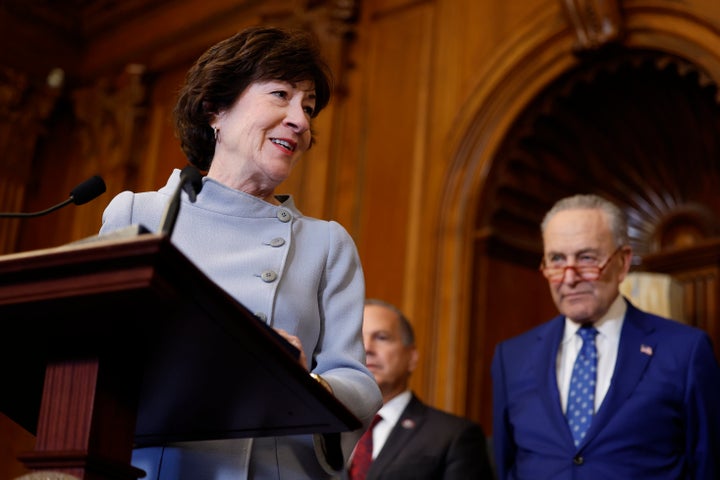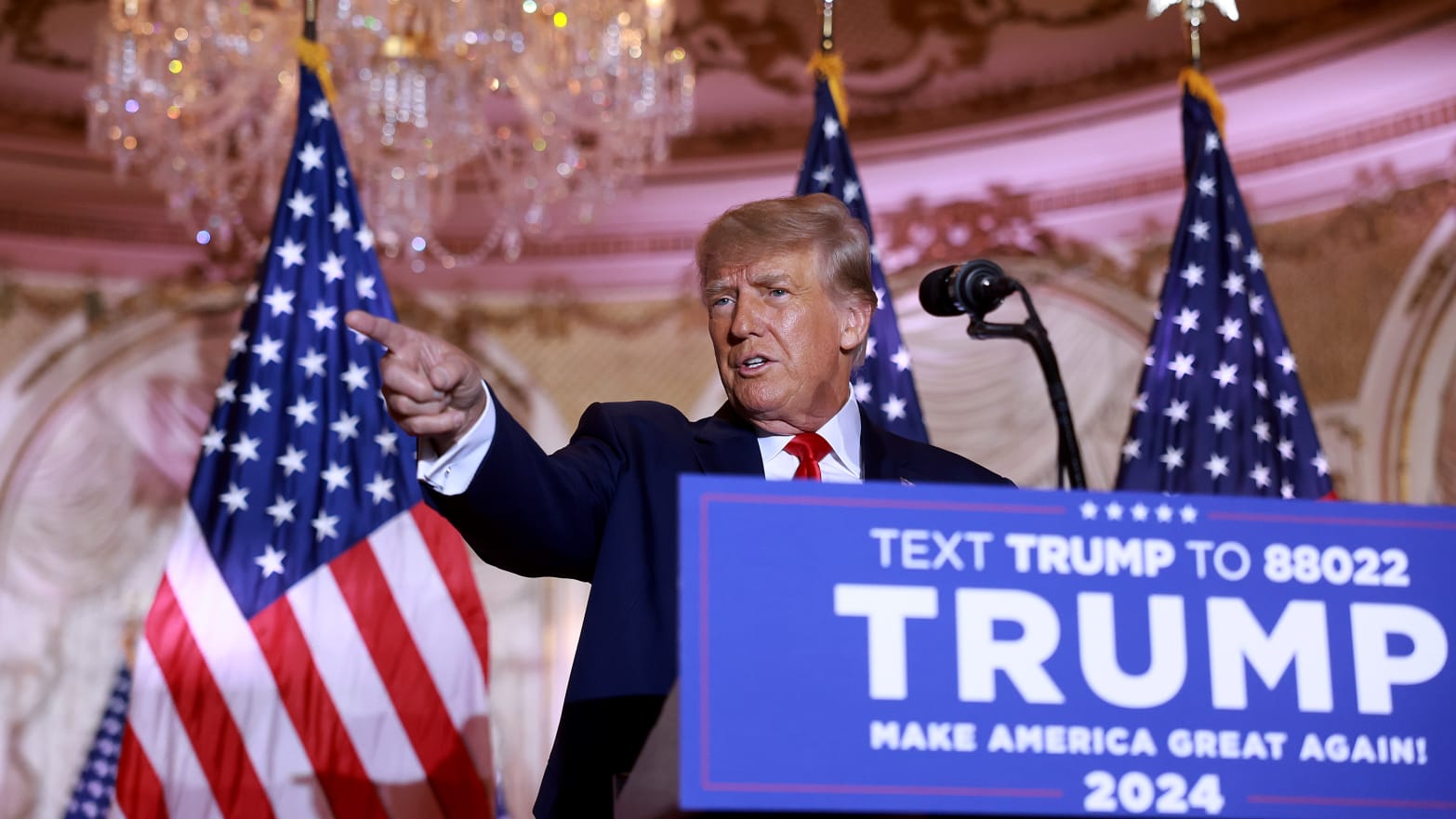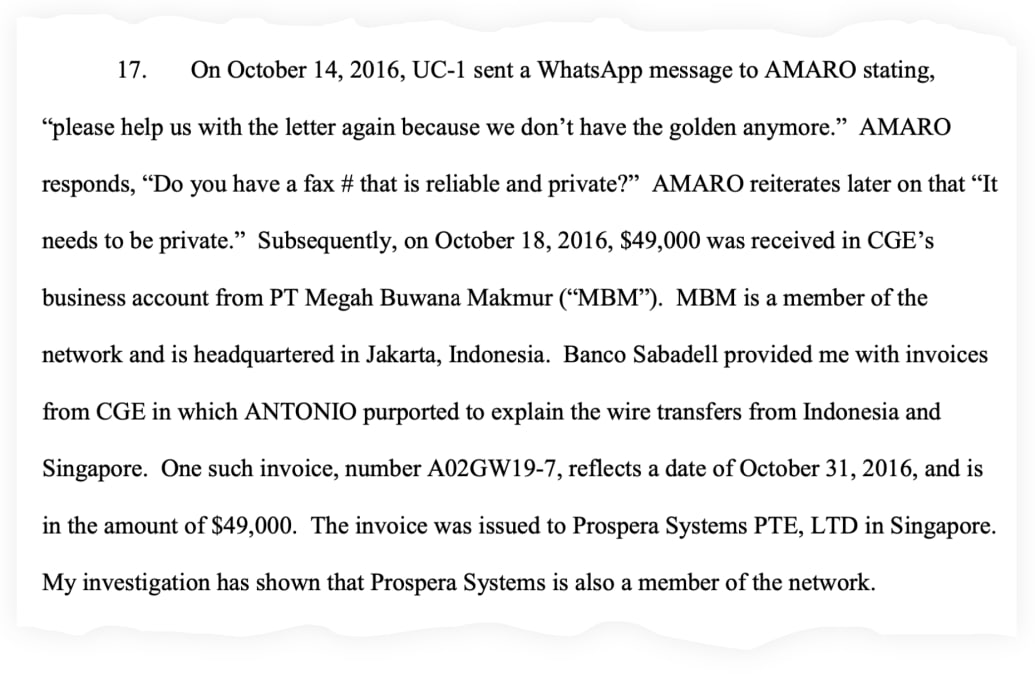In a draft provision obtained by HuffPost, Sen. Susan Collins (R) and others seek to void a judge’s order for stronger safeguards for North Atlantic right whales.
Chris D'Angelo
Dec 19, 2022

Sen. Susan Collins (R-Maine), shown here at the U.S. Capitol on Dec. 8, has drafted a provision that would curtail efforts to bolster protections for the North Atlantic right whale.
ANNA MONEYMAKER VIA GETTY IMAGES
Sen. Susan Collins (R-Maine) and other members of the state’s congressional delegation are pushing for a provision in the massive government funding bill that could further endanger the already precarious North Atlantic right whale.
In July, a federal judge ruled that a 2021 regulation from the National Oceanic and Atmospheric Administration, which established new requirements for lobster traps in an effort to reduce the risk of those traps entangling and harming or killing whales, didn’t go far enough. Among other things, the rules limited the number of vertical fishing lines that could be deployed in Maine waters and set new seasonal zone restrictions, but the ruling said the regulations fell short of legal requirements under the Endangered Species Act and the Marine Mammal Protection Act.
The judge has since given federal regulators until 2024 to come up with what are expected to be even stricter rules to safeguard the imperiled whale.
The provision, which has not yet been introduced, seeks to block those regulations and cement the 2021 rule for a minimum of 10 years. HuffPost obtained a copy of the draft language late Friday.
Sen. Angus King (I-Maine) supports the omnibus provision, as do Gov. Janet Mills (D) and the rest of Maine’s congressional delegation, King’s office told HuffPost. In an email statement, Rep. Jared Golden (D-Maine) said Maine’s lobster industry has been “unfairly targeted by activist organizations” and that he and the rest of the delegation are working to “provide relief” in the omnibus bill.
The population of North Atlantic right whales has been steadily falling since 2010, and fewer than 350 are estimated to be still living. The species faces myriad threats, including entanglements in fishing gear, vessel strikes and climate change.

This photograph provided by the Georgia Department of Natural Resources shows an endangered North Atlantic right whale entangled in fishing rope as it swims with a newborn calf on Dec. 2, 2021, off Cumberland Island, Georgia.
GEORGIA DEPARTMENT OF NATURAL RESOURCES/NOAA VIA ASSOCIATED PRESS
Environmental groups, including the three that have waged a multiyear legal battle against the federal government to secure more stringent protections for right whales, were quick to condemn Collins’ effort.
In a letter Friday to Democratic leadership, the Center for Biological Diversity, Defenders of Wildlife and other organizations argued the provision “would set a damaging precedent for the political override of science-based decisionmaking under the Endangered Species Act and Marine Mammal Act; undermine active federal litigation and reverse judicial orders; and further threaten the survival of the critically endangered North Atlantic right whale.”
“We urge you to do everything possible to keep this extraordinarily harmful provision, which would set an equally harmful precedent, out of the Omnibus,” says the letter, which was addressed to Senate Majority Leader Chuck Schumer (D-N.Y.), House Speaker Nancy Pelosi (D-Calif.), Senate Appropriations chair Patrick J. Leahy (D-Vt.) and House Appropriations Committee chair Rosa DeLauro (D-Conn.).
Collins’ office called the proposed provision “a simple compromise” and slammed critics in the conservation community.
“It would allow for the continued sustainable management of the fishery while advancing innovative gear technology, which these groups have called for,” Collins’ spokesperson Christopher Knight said in an email.
Knight pointed out that there is no documented case of a right whale dying from becoming entangled in Maine lobster gear. In their Friday letter, however, environmentalists noted that “most entanglements are never detected or identified to a fishery because of the difficulties in spotting entangled whales and confirming the source of entangling gear.”
“Maine lobstermen have a 150-year history of sustainability, and Maine’s lobstering community has consistently demonstrated their commitment to protecting right whales,” Knight said. “If these groups are unwilling to agree to something so straightforward, it shows an utter disdain for the men and women who make their living from one of the best managed and sustainable fisheries on earth.”

A worker weighs a lobster to sort at The Lobster Co. in Arundel, Maine, on Jan. 24, 2022.
XINHUA NEWS AGENCY VIA GETTY IMAGES
Whether the lobster fishery is sustainable has become a topic of heated debate. In September, Monterey Bay Aquarium’s Seafood Watch, which ranks seafood sustainability, added the American and Canadian lobster catches to its “red list” of species to avoid due to the risk harvesting the crustaceans poses to right whales. And last month the London-based Marine Stewardship Council suspended its sustainability certificate for the Gulf of Maine lobster fishery, citing the July federal court ruling. In response to the assessments, several retailers, including Whole Foods, pulled the crustaceans from their shelves and menus.
“Entanglement in fishing gear is the leading cause of serious injury and death to North Atlantic right whales,” Seafood Watch wrote in its decision, adding that “current management measures do not go far enough to mitigate entanglement risks and promote recovery of the species.”
It remains to be seen if the 11th-hour provision ends up in the final omnibus package to fund the federal government in 2023, which is expected to total over $1.5 trillion. Jay Tilton, a spokesman for Leahy, said it is Appropriations Committee policy not to comment on omnibus negotiations until the bill text is public.
Connor Fagan, federal policy manager at ocean advocacy group Oceana, told HuffPost that if Congress signs off on Collins’ provision, it will “undermine our own government’s legacy of safeguarding vulnerable species and endorse putting politics ahead of science.”
“Halting development of necessary additional safeguards by our government agency established to protect our oceans and wildlife is the wrong move and denies established science,” he said via email. “Progress doesn’t happen at a standstill. By freezing federal regulations in place for the next decade, this dangerous proposal is short-sighted and will have catastrophic impacts to science-based management of the iconic, critically endangered North Atlantic right whale.”
Golden accused environmental groups, including the Conservation Law Foundation, of abusing the court system to force “misguided regulations.”
“These organizations and their allies ought to be concerned that absent a strategic pause, as proposed by this amendment, their strategy of regulation through lawsuit may well come back to bite them, as Maine lobstermen are rightly prepared to fight this unfair campaign all the way up to the Supreme Court, where the outcome for these activist groups could be a dramatic but justified reversal to more reasonable efforts to protect the right whale,” he said.














